-

Manufacturer Good Price 30% Enzymolysis Alginic Acid Microparticles CAS:1806241-263-5
Chinese name: seaweed extract, English name: Seaweedextract [Main ingredients] algae gum, crude protein, multiple vitamins, enzymes and trace elements. [Chemicalbook extract source] Seaweed. [Physical Character] Black Flakes. [Pharmacological effects] Seaweed is used for softness; eliminating phlegm; benefits water; swelling.
CAS: 1806241-263-5
-
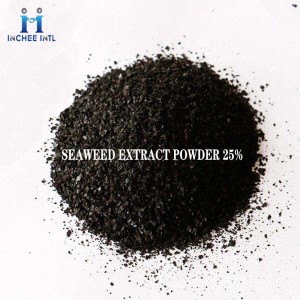
Manufacturer Good Price SEAWEED EXTRACT POWDER 25%(powder /flake) CAS:92128-82-0
Seaweed extract is black powder, which is special flavor of seaweed. Contains sea alginic acid, calcium, iron, iodine, vitamin B, twenty carbonic acid, various amino acids and konabine (that is, kelpine), taurine, beetine, etc. Because it contains more sodium glutamate, it has the umami flavor of sodium glutamate.
Main ingredients: contain alginate, calcium, iron, iodine, B vitamin, twenty -carbonic acid, various amino acids and konbinine (that is, kelpine), taurine, sweet pyrine, etc.
CAS: 92128-82-0
-

Manufacturer Good Price BIT20%-T CAS:2634-33-5
BIT-20 is a new and efficient broad-spectrum sterilization preservatives. BIT-20 is a high-efficiency sterilizer for water-based products, especially for high temperature environment and alkaline system. BIT-20 cutting liquid preservatives can effectively prevent the metal processing industry from decomposing the metal processing industry in the metal processing industry. The viscosity of the processing industry is reduced and the pH value changes. The anaerobic bacteria in the processing solution have a good suppression and killing effect of the breeding and reproduction of the original bacteria.
CAS: 2634-33-5
-

Manufacturer Good Price Calcium Lignosulphonate CAS:8061-52-7
Lyrin is a natural high cluster with aromatic structure with the second rich content of nature, and is an extremely important renewable biological resources. The exhaustion of traditional ore resources and the enhancement of human environmental awareness gives the basic research of lignin and the use of Chemicalbook industrialization. Calcium Lignosulphonate is a derivative of lignin.Calcium Lignosulphonate is modified preparation surfactants have flourished in recent years and have made important progress in series. Modified products are widely used in industrial and agricultural production.Chemical properties: Calcium sulfonate is a brown -yellow powder, which has good water -soluble. It has a loose capacity of about 0.35 grams/cubic centimeter. It is an active substance on the surface of the anion, which is non -toxic and has a pungent smell. CHEMICALBOOK uses sulfuric acid wood pulp waste liquid as the raw material. After lime milk neutral, the biological fermentation sugar is concentrated to 50%of the solid content.
CAS: 8061-52-7
-

Manufacturer Good Price Sulfamic acid CAS:5329-14-6
Sulfamic acid is a colorless, tasteless and non -toxic solid strong acid. The aqueous solution has the same strong acid properties as hydrochloric acid and sulfuric acid. The toxicity is very small, but the skin cannot be exposed for a long time, let alone enter the eyes. Because the properties of strong acids are also called solid sulfuric acid, it can replace sulfuric acid and make a stable crystal at a very pure room temperature. Its packaging, storage, and transportation are very convenient. The solid ammonia chemicalbook sulfonic acid is good at the dry room temperature environment, does not absorb moisture, does not volatilizes, soluble in water, can be ionized in the aquatic solution, is medium acidic, and can be used as a time titer -to -time acid standard solution. Slightly soluble or insoluble in organic solvents, difficulty soluble in ether, soluble in liquid nitrogen, ethanol, methalmam, acetone. Because of its excellent properties, it is widely used in awareness, chlorine stabilizer, sulfide, nitrate, disinfection agent, flame retardant, herbicide, synthetic sweetener and catalyst.
Chemical properties: white trapezi crystal crystals, odorless, not volatile, and not moisture. Soluble in water and liquid ammonia, slightly soluble in methanol, insoluble in ethanol and ether, and insoluble in carbonide and liquid sulfur dioxide.CAS: 5329-14-6
-
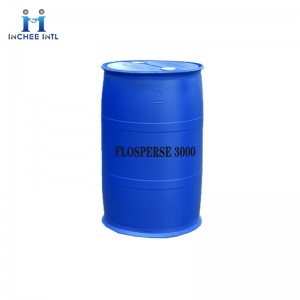
Manufacturer Good Price FLOSPERSE 3000 brand:SNF CAS:9003-04-7
FLOSPERSE 3000:SNF brand of anionic compounds.FLOSPERSE 3000 is a low -molecular weight polyacryonal, which is usually used for high -solid -phase decentralization system.FLOSPERSE 3000 is a neutral process auxiliary. Used to obtain high solid phases under low viscosity. With a wide pH value and temperature range, it has excellent flowing controllability. This product is very effective in clay, kaolin, calcium carbonate and other pigments, as well as in coatings containing these paint.
CAS: 9003-04-7
-
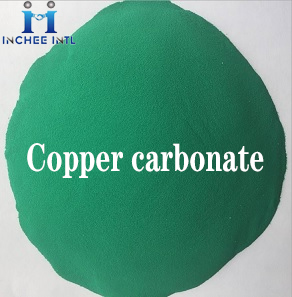
Manufacturer Good Price Copper carbonate CAS:12069-69-1
Cupric carbonate basic, also known as copper carbonate, is green, so it is also called malachite. It is a precious mineral gem. It is a substance caused by the reaction caused by the oxygen, carbon dioxide and water in copper and the air, also known as copper rust, and the color is green. Heating in the air will be decomposed into copper oxide, water and carbon dioxide. Solk in acid and generate the corresponding copper salt. It is also soluble in cyanide, ammonium and alkaline metal carbonate Chemicalbook aquatic solution to form a copper complex. When boiling in the water or heated in a strong alkali solution, brown copper oxide can be generated, and black copper oxide is divided into black at 200 ° C. It is unstable in the atmosphere of hydrogen sulfide, and can generate copper sulfide in reaction with hydrogen sulfide. A dozen forms of compounds have different forms of copper carbonate according to the ratio of CUCO3: H2O. It exists in the form of peacock in nature.
CAS: 12069-69-1
-
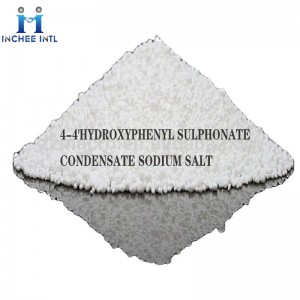
Manufacturer Good Price 4-4′HYDROXYPHENYL SULPHONATE CONDENSATE SODIUM SALT CAS:102980-04-1
4-4′HYDROXYPHENYL SULPHONATE CONDENSATE SODIUM SALT:The anionospense is a category of surfactants, which is characterized by generating water -hate anion in the water.
In the production of surfactants, anion surfactants are the first type of product with the largest output and the most varieties. It is not only the main active components of daily chemical detergents and cosmetics, but also widely used in many other industrial fields. Whether in the field of industrial or civilian fields, anion surfactants can play an important role.
CAS: 102980-04-1
-
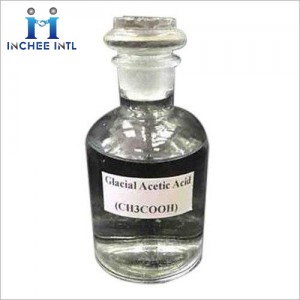
Manufacturer Good Price Glacial Acetic Acid CAS:64-19-7
Acetic acid is a colourless liquid or crystal with a sour, vinegar-like odour and is one of the simplest carboxylic acids and is an extensively used chemical reagent. Acetic acid has wide application as a laboratory reagent, in the production of cellulose acetate mainly for photographic film and polyvinyl acetate for wood glue, synthetic fibres, and fabric materials. Acetic acid has also been of large use as a descaling agent and acidity regulator in food industries.
CAS: 64-19-7
-
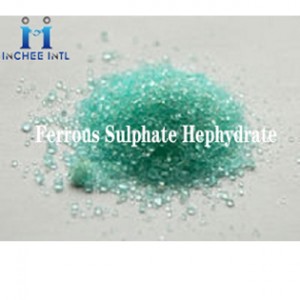
Ferrous sulfate heptahydrate CAS:13463-43-9
Ferrous Sulphate Hephydrate: Green vitriol, FeSO4.7H20, has been known since the thirteenth century ; it crystallizes from solutions of iron or iron bases in dilute sulphuric acid. The heptahydrate forms green monoclinic crystals of density 1·88, very soluble in water (296 g litre-1 FeS04 at 25°C). By precipitating the aqueous solution with ethanol, heating the heptahydrate to 140° in vacuo or by crystallizing it from 50 % sulphuric acid, the white monohydrate is obtained. This can be further dehydrated to the white, amorphous FeSO4 by heating to 300° in a current of hydrogen. At red heat the sulphate decomposes : 2FeS04 -> Fe203+S02+S03 A tetrahydrate, FeS04.4H20, crystallizes from aqueous solutions above 56°.
CAS: 7720-78-7






